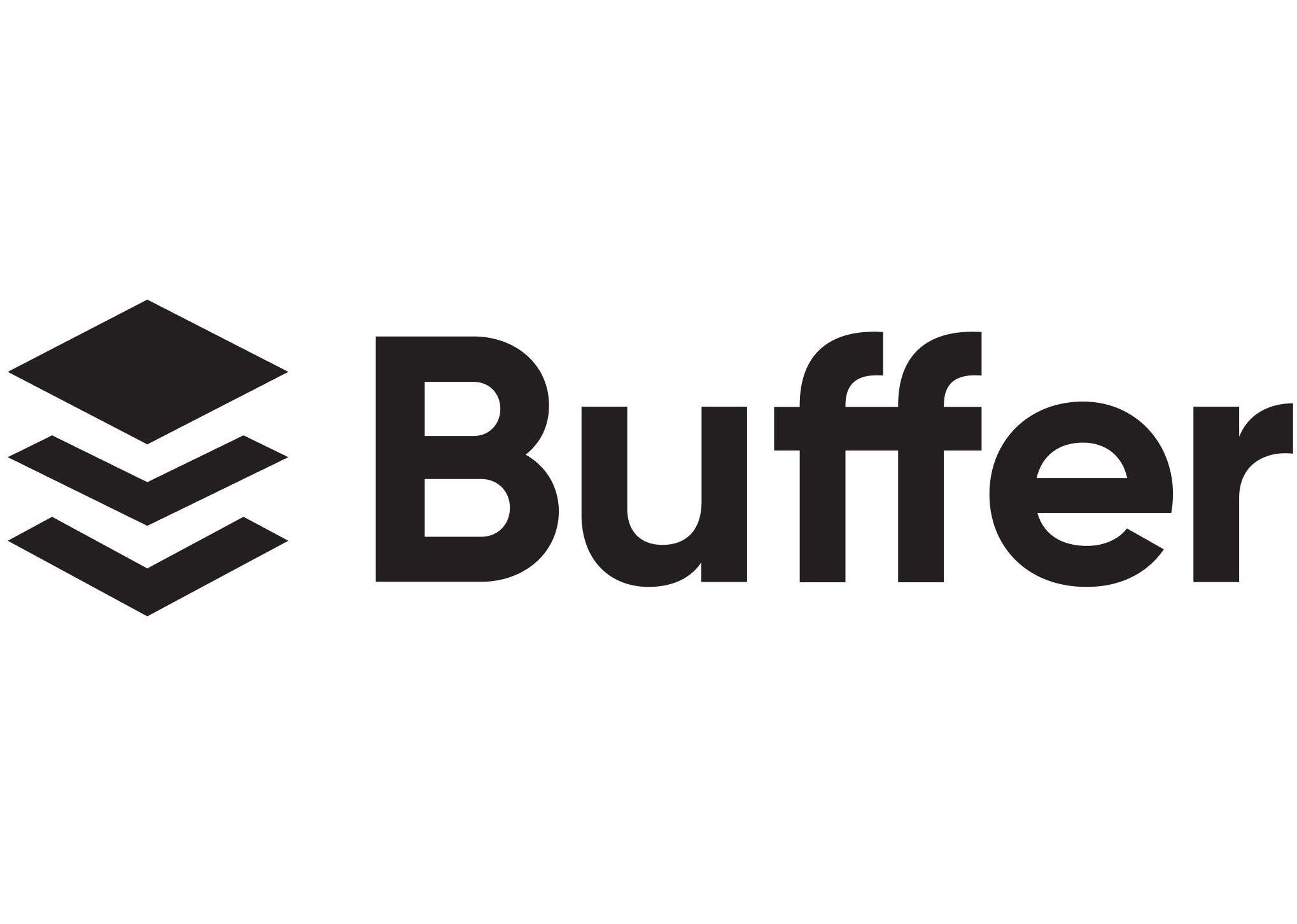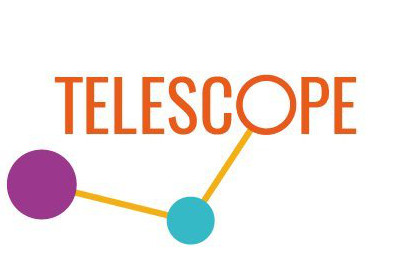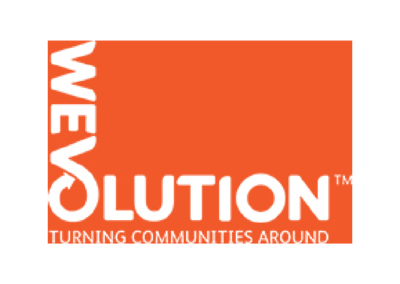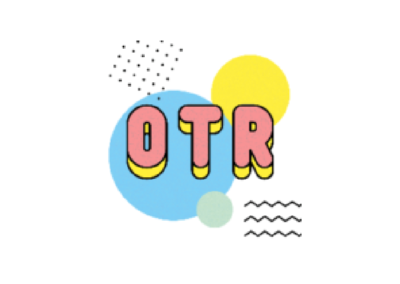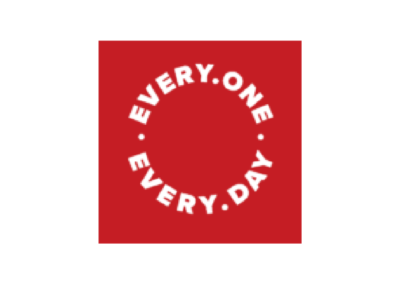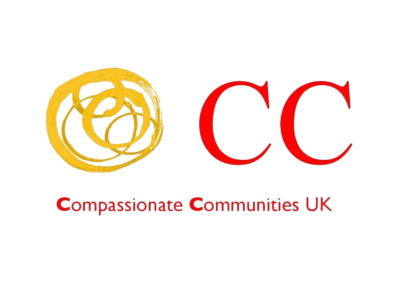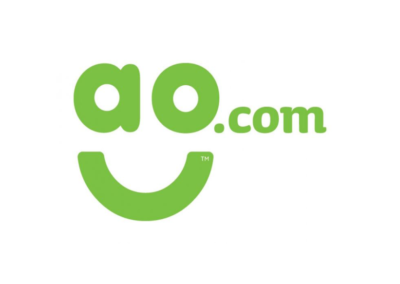Case study: Buffer
Pioneering thoughtful remote working relationships
Introducing Buffer
Buffer designs tools for planning and publishing digital content, analysing social-media engagement and interacting with customers – all to help brands grow and connect with customers through social media.
But Buffer is also a pioneering proponent of remote, transparent working – something of increasing relevance given the pandemic. Buffer’s internal work is incredibly thoughtful, containing lots of actionable insights from a relationship-building perspective.

Buffer’s pioneering internal relationships
The most striking aspect of Buffer’s work, from a relationships perspective, is its fully remote and radically transparent working culture.
Buffer’s almost 100 staff went fully remote in 2015, and the company has put lots of thought into managing remote relationships (with transparency a key tenet), sharing key learnings and commissioning annual research into the state of remote working.
Remote working is only suited to some industries, and not to everybody within them. However, the pandemic has accelerated the shift towards remote working. Given Buffer’s 2021 research shows that 97.6% of remote workers want to work remotely at least sometimes for the rest of their careers – including 96% of workers in a wide range of industries only working remotely because of the pandemic – getting remote relationships right is clearly important for workplaces.
The benefits of strong remote relationships
- Improved trust and happiness. For years Buffer’s research has shown that remote workers value flexibility above everything. Flexibility helps communicate trust, which makes employees happier. Flexibility also facilitates ‘culture add’ instead of ‘culture fit’: people with diverse lives bringing their full selves to work rather than compromising to fit in.
- Higher productivity. Allowing staff to live where they work best means Buffer has become more productive – a finding that aligns with evidence elsewhere.
- Reduced costs. Fewer overheads, less churn and higher productivity all save money – another finding that chimes with wider evidence.
- Better customer service. Buffer has found that managing different time zones, though challenging, has actually helped them provide superb, round-the-clock customer service.
- More resilience. Given the trend towards remote working, being good at it has helped future-proof Buffer and attract talent. In 2018 CEO Joel Gasgoine wrote that remote working felt like the future. It seems an accurate prediction.
- Unexpected benefits. Buffer has made a virtue of some remote-working challenges. For instance, it has found that asynchronous communication (communication not happening in real time) can actually be more inclusive, as the loudest voices don’t prevail as easily. It also removes the need for note taking.
How Buffer has troubleshooted going remote
Building trust without in-person interaction
Buffer builds trust in a few ways. Most notably it defaults to transparency. All salaries, code, product roadmaps and diversity data are open access, ensuring staff (and others) feel included.
Buffer also trusts its workers to do good work without being monitored. Hailley Griffis, Buffer’s Head of PR, writes: “Everyone at Buffer has to deliver on their goals according to what needs each team has. Their output is a sign of their work and consistent output increases trust with managers.” When people feel they are being trusted and valued, they are less likely to abuse that trust.
Buffer’s response to loneliness, below, also details efforts to help workers connect – all led by a People Team dedicated to company culture and learning from mistakes.
Loneliness and isolation
Buffer has persistently found this challenging, experimenting with various tactics to connect remote staff. These include All Hands (whole-team meetings designed so as many remote staff can join at once), weekly calls in randomised pairs, annual in-person company meetups, local in-person meetups and various Slack and digital hangouts.
Buffer has also used Masterminds: structured, one-hour sessions on at least a bi-weekly basis with someone at a similar peer level, designed to establish a deep connection for long-term support, accountability and continuity.
Beyond its formal activities, Buffer has also published advice – rooted in its workers’ collective wisdom – on avoiding loneliness. This summary, for instance, recommends building spontaneous interactions into daily schedules, taking time to reflect on social priorities, engaging with other communities and actively nurturing one-to-one relationships.
The difficulty of adapting to a remote routine and switching off after work
This is the biggest challenge remote workers face. Like loneliness, it is a personal challenge that workplaces nonetheless have the capacity and responsibility to support. Again, Buffer has widely published advice from its staff, from general pointers to targeted advice on how to work remotely with kids and disconnect from devices.
Crucially, Buffer also gives employees space to build personal routines. There is no set Buffer schedules or monitoring of hours, and if staff need a day off at short notice, they get it.
Communicating effectively with people working at different times
This requires really good asynchronous communication. Buffer achieves this in three ways:
1. Rules. Many rules to face-to-face communication are intuitive. But, when interacting digitally, new rules are required. Given Buffer uses Slack for most internal matters, it has outlined Ten Slack Agreements to guide communication. This could be applied to other tools.
2. Tools. Buffer thinks carefully about which digital tools are best for working well together, and communicates its conclusions. The tools on this list may be a little outdated, but the point remains that using the best tool for the job is important.
3. Principles. Though less tangible, Buffer champions other principles – like defaulting to over communication and transparency – to cultivate good communication.
Remote workers becoming ‘second class citizens’ if there are distinct benefits to being in the office
Buffer’s ultimate answer to this was to go fully remote. This isn’t feasible to all, but there are other ways to ensure equitable experiences. For example, before going fully remote Buffer prioritised perks that didn’t rely on being in an office, and encouraged video calls even when in the office so that remote colleagues could join conversations. As noted, Buffer also endeavours to regularly bring all staff together.
Key learnings
Transparency pays for itself
Whether for commercial reasons or to hide inequalities, organisations often resist even basic transparency let alone radical transparency. But certainly from a relational perspective, the benefits of being open – inclusiveness, trust and humility to name three – usually outweigh secrecy. Buffer communicates things most companies would consider reckless, and is thriving.
Flexibility is another word for agency
People are more likely to enjoy and respect relationships that give them agency. Flexibility in the workplace is an excellent example.
But rules aren’t always bad!
Relationship rules might sound stifling – the opposite of flexibility. But in Buffer’s case rules actually maximise flexibility by facilitating remote working. Rules can be relational.
When you need a tool, pick the right one
It’s easy to over-digitise relationships these days. But when digital tools are the only option, it pays to think carefully. There are so many communication tools to choose from as remote work becomes more common. It isn’t necessary to evaluate all of them, but thinking carefully about your needs and matching them thoughtfully to a tool (or two!) is good practice – not least because it encourages you to think about what a good relationship looks like.
Want to learn more?
What next for Buffer?
Buffer, and its remote-work culture, is still going strong.
Further reading
- Buffer’s 2021 State of Remote Working research.
- CEO Joel Casgoine’s blog the joys and benefits of working remotely.
- Head of PR Hailley Griffis blog on how Buffer builds trust working remotely.
- Former Director of People Courtney Seiter’s 40 lessons on remote working.
- A Buffer blog on switching to asynchronous meetings.
- Buffer’s Ten Slack Agreements.










